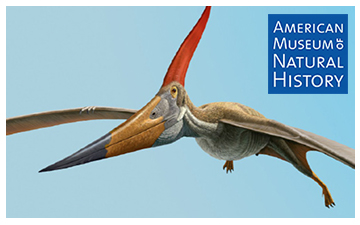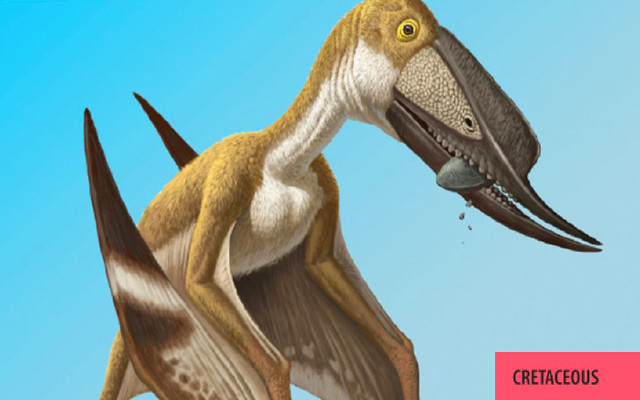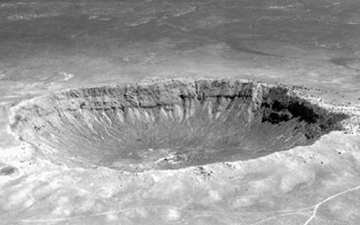AMNH Pterosaur Starter Deck
2014 – (See Cards | Deck Info | Download | Purchase)…
This deck uses images and information from the vast collections of the American Museum of Natural History in New York City, especially the 2014 special exhibition Pterosaurs: Flight in the Age of Dinosaurs. The game consists of 38 different cards, includes “extinct” organisms, and utilizes a simplified version of the game to compensate for unavailable facts.

AMNH PTEROSAUR DECK
Home Card
Pterosaurs: The Card Game uses images and information from the vast collections of the American Museum of Natural History in New York City, especially the 2014 special exhibition Pterosaurs: Flight in the Age of Dinosaurs.

Anhanguera blittersdorffi
Anhanguera blittersdorffi


EXTINCT | 5 POINTS
Play: FLIGHT of 2.
Anhanguera means “Old Devil.” The bumps on the tip of its bill may have helped stabilize its head when snatching fish as they leapt out of the water!

Scaphognathus
Scaphognathus


EXTINCT | 4 POINTS
Play: FLIGHT of 1.
Scaphognathus means “fat snout” in Latin. It has been found in Germany and may have had a good sense of sight.

Dsungaripterus weii
Dsungaripterus weii


EXTINCT | 5 POINTS
Play: FLIGHT of 2.
Dsungaripterus was first found in China in the Junggar Basin. Its jaw was designed to catch and eat fish, but rather to dig up clams along the beach and crush them with its large flat teeth.

Ammonite
Ammonoidea subclass


EXTINCT | 3 POINTS
Play: MOVE of 2.
Despite their large shells that could grow up to 7 feet across, these predatory, squid-like shellfish were capable of swimming.

Meteorite Crash
Event Card
A meteorite has crashed, disrupting the entire ecosystem!
Play: on any level 1 or 2 SPECIES card.
Effect: Discard the SPECIES card and each card lower than it on its food chain.